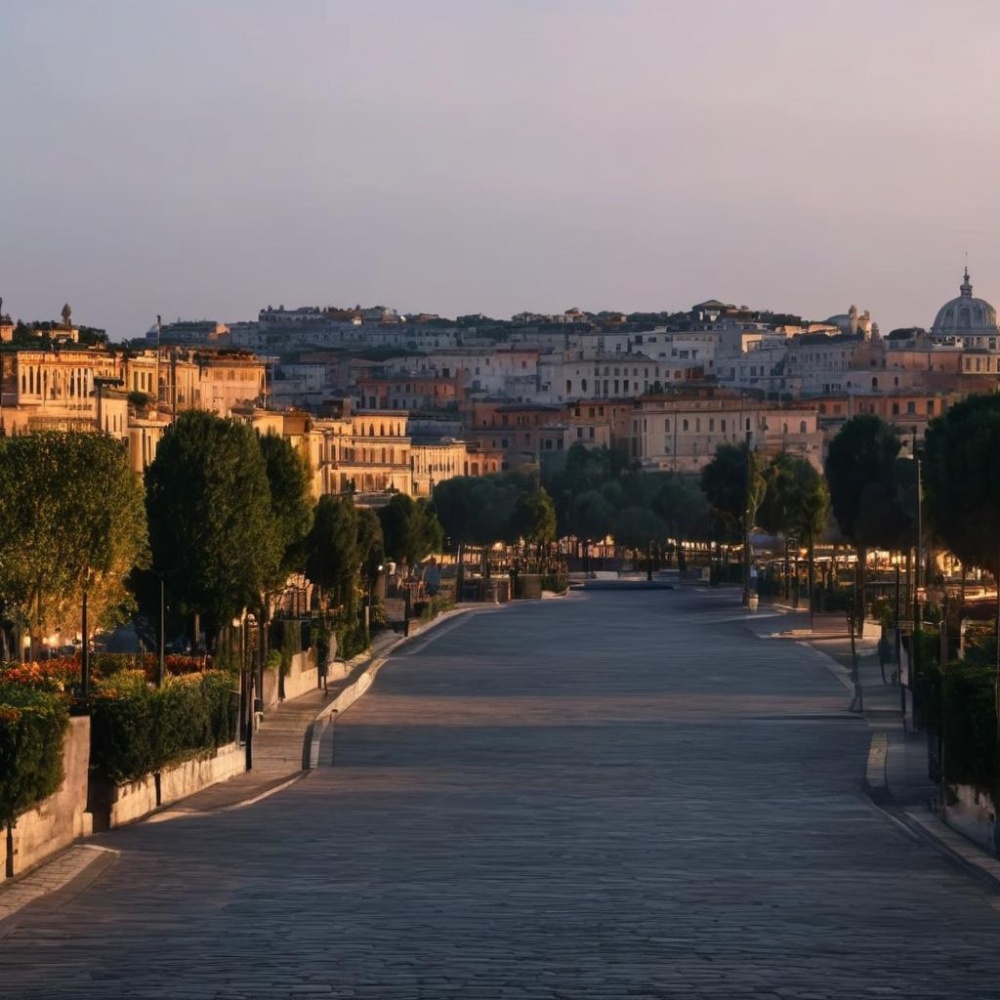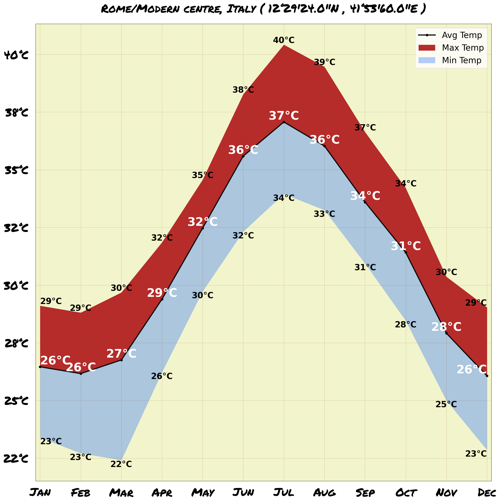Understand
Step back in time to the late 1860s when this section of the city was carefully planned during the last years of the Papal States. Its purpose? To accommodate Rome's first train station, Termini. Following Rome's annexation by the Kingdom of Italy, this area experienced exponential growth as it became the home for civil servants of the newly-established Italian state. Most of the buildings you'll encounter here, except for those in the older Trevi district, date back to this era. Marvel at Piazza della Repubblica, a majestic square designed in 1888 by architect Gaetano Koch. Once called Piazza Esedra (many Romans still refer to it by this name), it boasts the stunning Fountain of the Naiads at its center. Originally devoid of statues, sculptures depicting the Naiads were added in 1901 by artist Mario Rutelli. These sculptures caused a scandal at the time due to their "obscene" posture, stirring up public opinion in Rome. Immerse yourself in the rich history of this district and marvel at the architectural gems that reflect Italy's past and its journey towards unity.
Get in
When arriving in Rome, you'll find that the city's modern center is easily accessible from Termini station. As you exit the station, you'll notice the Castro Pretorio district to your right, which has a great selection of smaller hotels. On the left, you'll find via Cavour and via Nazionale, two main roads that lead down the hill. Here, you'll find larger hotels that cater more to groups than independent travelers. Piazza dei Cinquecento, the square in front of Termini station, serves as a major hub for buses, the Metro, trams, and taxis, providing easy access to all parts of the city. However, be cautious of some taxi drivers lingering around the station, as they may be dishonest. It's best to use the official taxi rank and ignore any drivers who approach you outside the station. Also, remember to always ensure that the meter is turned on after you enter the cab. The starting price should never exceed 6, and during the day, it should be even less. The meter should display a "1" to indicate that the correct rate is being applied. Keep in mind that a legitimate additional fee of 2 is charged for rides originating from the station. The Castro Pretorio district is well-served by both metro lines and tram lines #5 and #14, making it easy to explore the rest of Rome from this central location.








Comments
NO COMMENTS